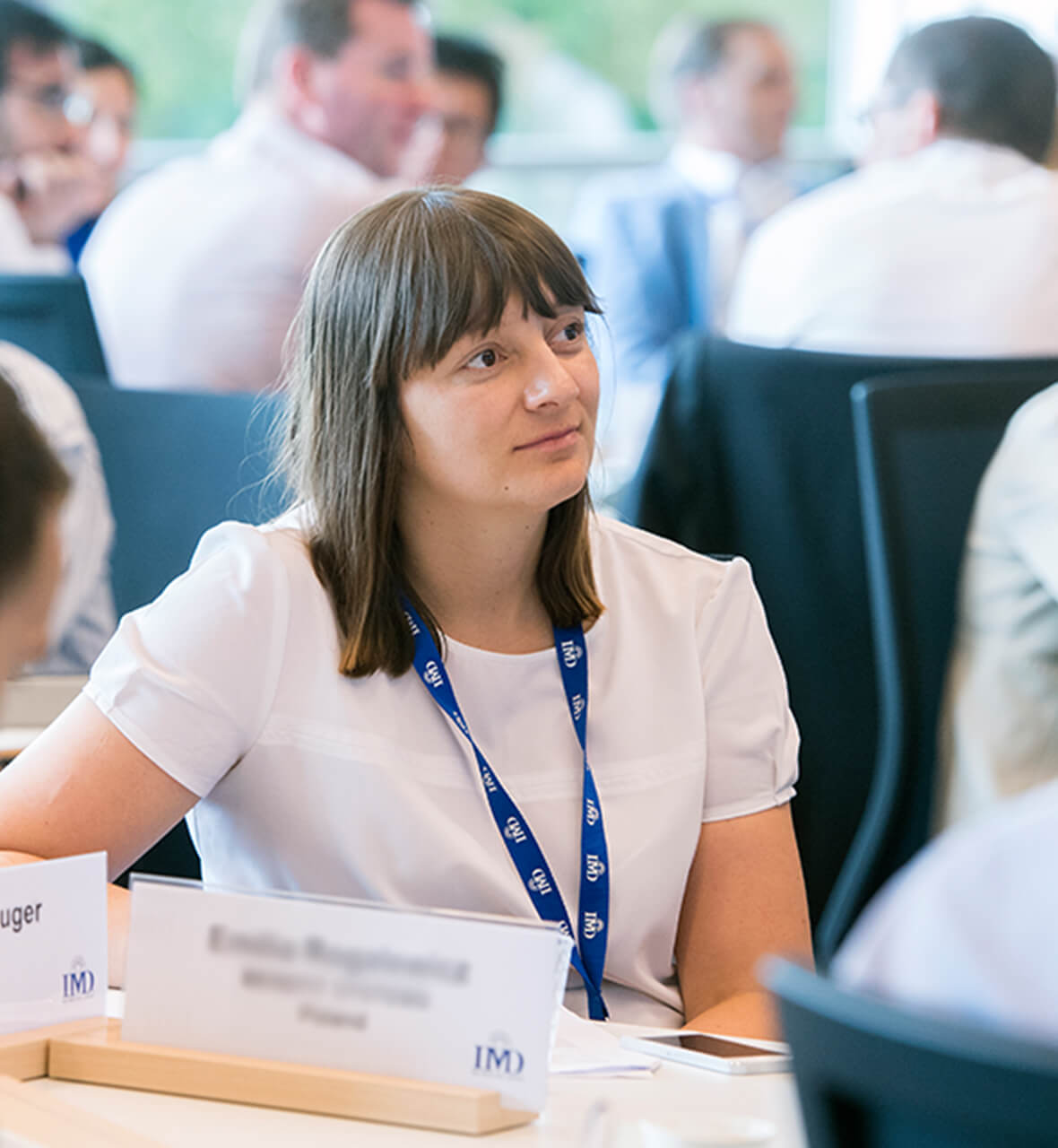How family enterprises can navigate adversity and build organizational fortitude
Fire, floods, relocation, and a pandemic couldn’t sink Formans, the family-run smoked salmon supplier. Here’s how they stayed afloat....

by Alfredo De Massis Published April 10, 2024 in Family business • 9 min read
There are many different ways in which leaders can draw on the history of their firm to advance their present-day interests in it. But complications arise when middle managers – who may care to varying degrees about the firm’s past – have different interpretations of it, not to mention different visions of the future.
This was the impetus to research the matter in a recently published paper “When top managers’ temporal orientations collide: middle managers and the strategic use of the past” which I co-wrote with Innan Sasaki and Masahiro Kotosaka.
Through a case study of a Japanese craft firm, Funabashiya, with a history of over 200 years, we examined how middle managers, specifically, use the past and came up with a novel communication process that can help turn conflict into harmony.
Middle managers are best placed to take a central role in using the past. This is because tensions over where the company has come from and where it is headed can lead to the type of unrest that can undermine the top management’s power base.
However, using a firm’s past in a strategic way to move the firm forward ultimately requires as much communication with those at the top as with those at the lower echelons.

“An organization must use its past in a way that fits its present and its future. The first step is identifying different groups within the middle management – we call these custodians, prospectors, and energizers.”
The Japanese sweet firm studied was undergoing restructuring as it had a new successor who was challenged by the fact the firm was stuck in its long, illustrious past. This meant it was not properly addressing present-day customer needs.
The new CEO faced extreme resistance when he attempted to reform the organization, which ultimately led to his and the incumbent CEO’s estrangement for a prolonged period of time. This cleared the way for the middle managers to take center stage, and they set about changing the firm from being stuck in the past to strategically using its past to move forward.
Studying how the past can be used in the present in firms is nothing new. What was novel is that we found that middle managers are inconsistent from one day to the next and among each other in doing so.
An organization, we found, must use its past in a way that fits its present and its future. The first step is identifying different groups within the middle management – we call these custodians, prospectors, and energizers. The next step is fostering a willingness to see things from the perspective of those not in your group.
These individuals stubbornly defend long-standing traditions in the firm, reflected in their preference for consolidated routines and hierarchies.
As above, but these middle managers show the capacity to change their minds and to champion future-oriented change initiatives.
Newly recruited, they are not part of ongoing conflicts, making them open to understanding both the desire to protect tradition and to implement future-oriented change initiatives.


“The Japanese national culture is particularly well known for long-termism. There is a widely held belief that companies are not there to make money every quarter for the shareholders, but to serve the stakeholders and society at large for generations to come.”
New employees can play an important role in finding the sweet spot for their firm between focusing on its past and its future. Their presence can re-invigorate many past-oriented employees with energy and motivation, perhaps not such that they change their values entirely but so that they become more inspired to down the traditions they cherish.
Talent might be drawn to a firm for as much for its long history as for its tech start-up atmosphere, and these two can perfectly co-exist as was the eventual case in the Japanese firm.
“Their eagerness to learn comforted custodians that the traditions were still valuable and valued, viewing energizers as the future of the firm because they felt, ´the younger craftspeople in the new factory will further improve what we do today. Perhaps they will change the taste by using different ingredients’,” we write.
The Japanese national culture is particularly well known for long-termism. There is a widely held belief that companies are not there to make money every quarter for the shareholders, but to serve the stakeholders and society at large for generations to come.
Japan has fallen in economic competitiveness over the years as reflected in the IMD World Competitiveness Ranking results. But this is not to say that economies and firms that draw on their past necessarily do so at the expense of their present or future. It’s a question of balance between tradition and innovation.
Finding the right balance between the two is about leveraging the strengths of both while mitigating their potential drawbacks. It’s not about choosing one over the other but rather integrating them harmoniously to achieve synergy and build a path forwards.
It’s also about viewing the past as a strategic resource for innovation rather than a barrier to progress. One industry in which history and tradition will always matter in strategic decision-making is luxury, where heritage forms part of the DNA.
This type of exercise should be done cyclically and not just as a one-off, as middle managers’ interpretation of the past in their firm can constantly change. This might be as they change position, engage with new actors and disengage with others, or as the firm finds itself in different contexts during the turbulent, and fast-paced, times in which we live.
March 19, 2025 • by Alfredo De Massis in Family business • 7 min read
Fire, floods, relocation, and a pandemic couldn’t sink Formans, the family-run smoked salmon supplier. Here’s how they stayed afloat....
February 19, 2025 • by Alfredo De Massis, Cristina Bettinelli , Manisha Singal , John Davis in Family business • 9 min read
The survival of family businesses is at stake due to inadequate board management and the difficulties faced by leaders of family businesses in juggling various roles....
February 12, 2025 • by Marleen Dieleman in Family business • 8 min read
Tolaram, the Singapore-headquartered family business, has global interests in logistics, consumer goods, and technology. Family members Mohan Vaswani and Sajen Aswani discuss the company’s values-based system of meritocracy, the family’s move to...

Professor of Entrepreneurship and Family Business
Alfredo De Massis is ranked as the most influential and productive author in the family business research field in the last decade in a recent bibliometric study. De Massis is an IMD Professor of Entrepreneurship and Family Business at IMD where he holds the Wild Group Chair on Family Business and works with other universities worldwide.
Explore first person business intelligence from top minds curated for a global executive audience